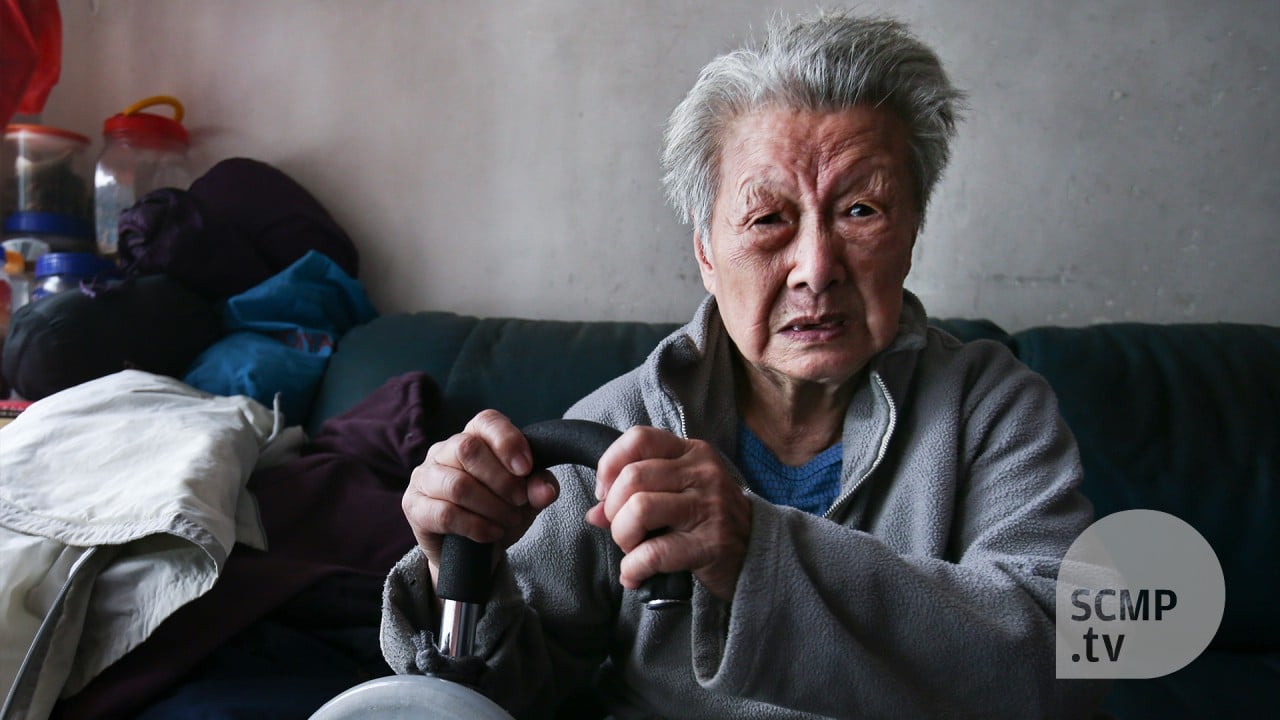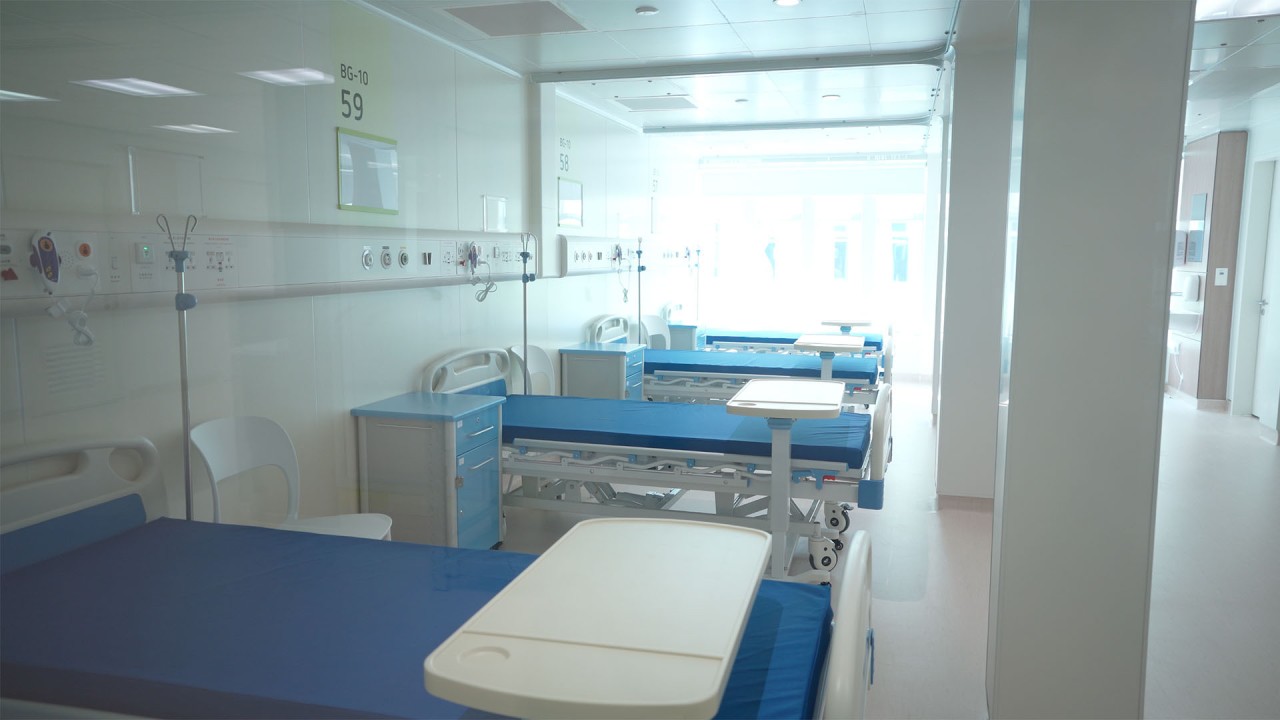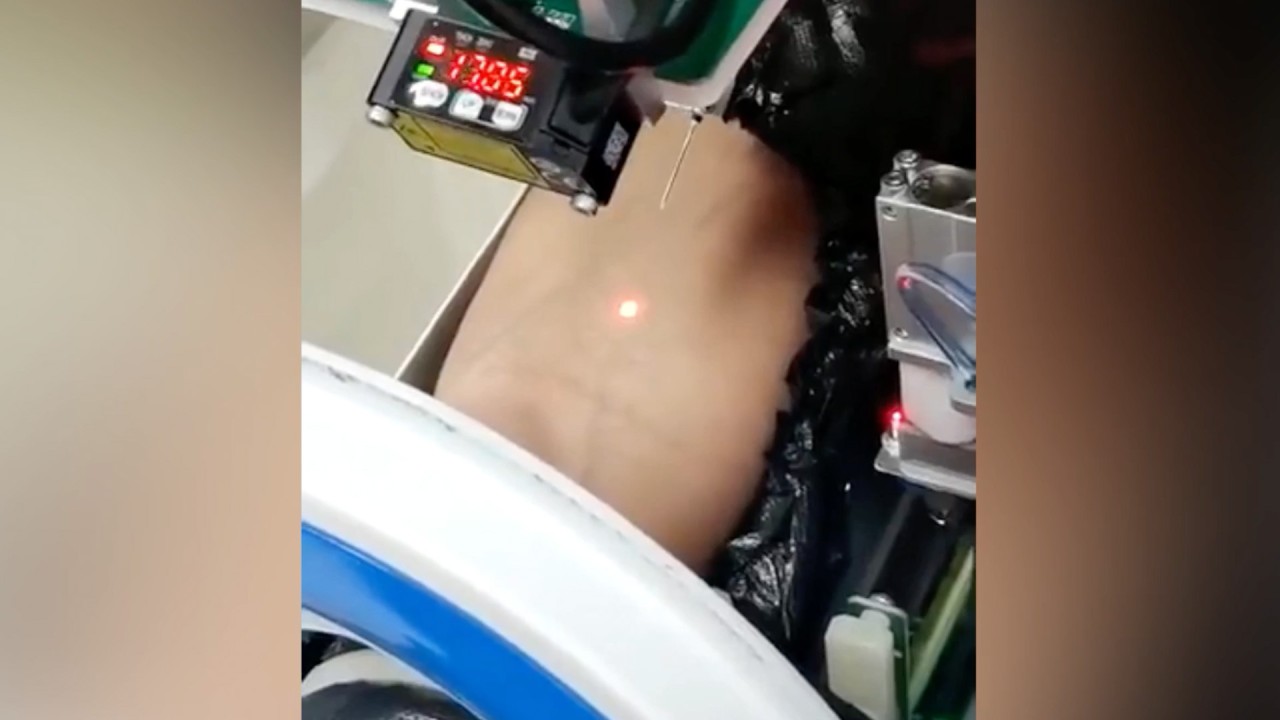
How smart care and smart hospitals can ease Hong Kong’s health burden
- To meet growing demand, the Hospital Authority is shifting towards using data to provide predictive and proactive care to patients
- New technologies and applications are also being developed as part of a smart hospital strategy
Throughout its 30-year history, Hong Kong’s Hospital Authority has faced profound issues, from escalating demand for its service due to the growing and ageing population to an increasing number of patients with chronic diseases.
This demand will further outstrip supply, and we foresee a major sustainability challenge. Under the guidance of the Hospital Authority Board, a special task group was established in December 2019 to formulate strategies to cope with these challenges.
Two initiatives the task group has looked into are the provision of smart care and the development of smart hospitals.
The essence of sustainability is to balance demand and supply. To address this, the Hospital Authority is adopting a three-pronged strategy: narrowing the upstream; collaborating downstream, and; diverting midstream. One key direction is a shift towards smart care, that is, keeping patients in the community healthy and reducing their need for hospitalisation.

01:48
Why a nonagenarian Hong Kong caretaker feels longevity is a curse
To narrow upstream demand, it is vital to strengthen disease prevention. With our world-class clinical management system – developed in-house – and large amounts of clinical data, we have a great opportunity to leverage big data to provide predictive and proactive care to patients.
An e-Frailty Index that identifies high-risk elderly patients is intended to classify them by the level of intervention required, care plan and setting. Given that the management system includes data on selected clinical characteristics and socioeconomic factors, the frailty index can be developed as part of clinical care that features individual plans and interventions.
Based on risk prediction and classification, we will be able to tailor treatment options to individual patients’ specific health care needs.
Can Hong Kong’s old and young unite to escape their grim economic destiny?
Take diabetes management as an example: the risk assessment and management programme was started more than a decade ago. Every year, more than 200,000 patients receive comprehensive assessments and targeted interventions from multi‑disciplinary teams.
We are now developing a diabetes risk engine, built from a machine learning model. Using demographic, comorbidity and clinical data, we could then assess the probability of individual patients developing selected adverse outcomes in five years’ time.

02:19
Hong Kong unveils new temporary hospital with 816 beds for Covid-19 patients with mild symptoms
This risk engine will be piloted in our patient support call centre’s chronic disease management programme. Patients will be prioritised according to the predicted risk, for early intervention, provision of personal care and patient empowerment.
To collaborate downstream, we will reorientate the Hospital Authority’s service delivery models to be less reliant on inpatient care, by promoting ambulatory care.
For instance, by concentrating diagnostic imaging services in outpatient centres and enabling teleradiology and off-site reporting, suitable patients can be diverted to day services for radiology procedures. This will, in turn, free up inpatient services and increase the efficiency of the diagnostic imaging services.
How Asia’s high-income societies can defuse their demographic time bomb
To divert midstream, the empowerment of patients to self-care, and remain healthy, is key. With the advancement of technology, there are more options to do so.

01:56
Need to draw blood? A robot in China can help you
The authority has developed extensive digital health capabilities over the past 30 years, including the clinical management system which covers all public hospitals and general outpatient clinics. We are now developing a smart hospital strategy to take digital health to the next level.
Technology is at the heart of this strategy. With greater access to and activation of technology, more services can be provided through digital platforms with increased automation. New technologies being piloted include artificial intelligence, robotics, telecare, smart ward and clinic applications, and command centre solutions.
The Hospital Authority has designated three hospitals – Tin Shui Wai Hospital, Tseung Kwan O Hospital and Queen Elizabeth Hospital – as pilots to develop and deploy a comprehensive suite of smart hospital products, so they can be further enhanced and fine‑tuned for deployment across the Hospital Authority in the future.
On the clinical service front, we have adopted AI applications for highlighting chest x‑ray abnormalities. We have also developed multiple telecare applications, including teleconsultation in wards and special outpatient clinics; teledrug counselling services; telerehabilitation, tele-monitoring and tele‑consultation for patients.
Our one‑stop patient mobile app, HA Go, provides easy electronic access to various Hospital Authority services and important health information to patients and their carers.
Moreover, we have set up a hospital command centre, which brings together key operative information in a single location so colleagues can review and manage bed capacity through dashboards and real-time reports. We have also started using robot applications including cleansing robots, ward assistant robots and delivery robots in daily hospital operations.
As we learn from these pilot schemes and refine the smart hospital product portfolio, we will seek to incorporate them into our care delivery to improve the experience for patients and staff.
Tony Ko Pat-sing is chief executive of the Hospital Authority

